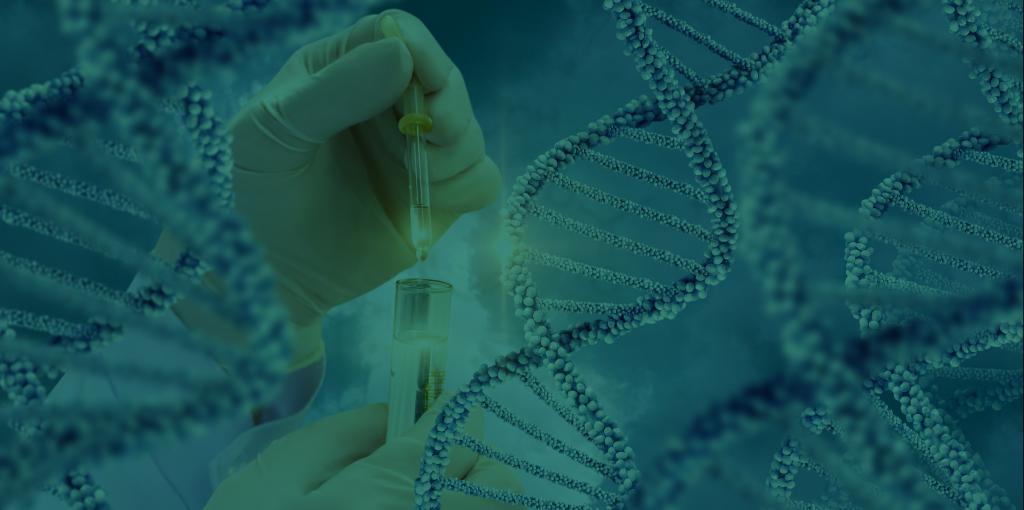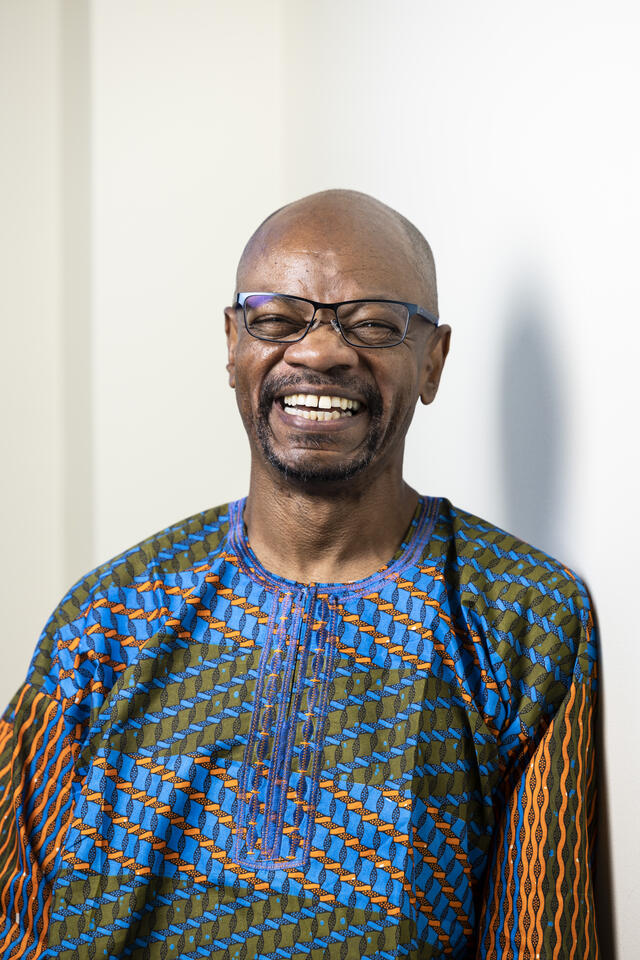Admission CTAs
Dean’s Blog: You Can Succeed
Last week, I referenced the importance of early career research and experiences shaping one’s scientific success. To commemorate Black and African Heritage Month, as a part of our commitment to advancing access, justice, equity, diversity, and inclusion (AJEDI), I am delighted to share the story of our own Dr. Gerald Weatherspoon, Chair, Department of Chemistry and Biochemistry. *
Humble beginnings
From the small town of Gloster, Mississippi, to the first African American Professor tenured in Chemistry at George Mason University, Dr. Gerald Weatherspoon has experienced an exciting journey, while paving the way for future scientists of all backgrounds.
Weatherspoon’s initial upbringing occurred at a time and place where the Ku Klux Klan still passed out flyers and encircled school buses (in broad daylight) because they opposed desegregation in the south. After growing up and learning the ropes of farming, which left calluses on his hands, Gerald knew he was destined for something bigger. His ticket out of his small town was his enrollment to Jackson State University, one of the largest Historically Black Colleges and Universities (HBCU) in the country. Weatherspoon’s time at Jackson State instilled in him the importance of continuing his education.
Weatherspoon traveled and participated in internships throughout his undergraduate years. He explained being outside of Mississippi was incredibly eye-opening, “Seeing what it was like to be a serious minority and understanding what the students were going through there (Cornell University and Washington State University).”
Weatherspoon went on to pursue his PhD at The University of California, Davis, but the quarter system pace was exhausting. After his first year, he decided to take a break. But the summer break turned into five formative years at Lawrence Livermore National Laboratory, where he was one of five African American chemists out of approximately 340 employees in the Chemistry Division. Bolstered by the encouragement of Nora Briant, a coworker and mentor at the lab, Gerald went back to UC Davis to finish his PhD, a turning point in his career. Nora encouraged him to return, in part because she knew he had the talent and ability to become the first black PhD chemist at Lawrence Livermore. Although he did achieve this goal, this would be only one of his big “firsts.”
Growing Influence and Programs at Mason
“I’ve never even heard of George Mason,” was what he thought to himself when his Phi Beta Sigma fraternity brother, Michael Ferby, suggested he check out the budding institution in Fairfax, Virginia in 1996. After visiting the area and realizing he could carve out his own chemistry research program here, Mason became a serious contender. What really sealed the deal? When that same fraternity brother pointed out that students of color at Mason majoring in the sciences had not seen anyone like him; Weatherspoon realized his employment could change their worlds.
“And at that point, it was no longer about me, but what I could do for the next generation and the generation after that to come.”
Weatherspoon hit the ground running and began mentoring students, recruiting students to major and minor in chemistry, and pushing students to participate in summer Research Experiences for Undergraduates (REU) programs at top universities. This instilled self-confidence and pride in the students and laid the framework for developing a network for the materials chemistry concentration at Mason.
Dreams come true
“I can retire now because my dream has come true,” said Earl Ingram, former Vice President, and University Equity Officer at Mason, when he called Weatherspoon into his office to congratulate him on getting tenure and being the first black professor in STEM tenured at Mason.
Ingram further stated, “I thought I would never live to see the day when a black professor was granted tenure in science and engineering here at George Mason University.” After seeing Weatherspoon’s confused expression, Ingram educated him on what his accomplishment represented at Mason and beyond.
History was officially made at Mason when Weatherspoon was the first to reach that milestone. But his success was not his sole focus. “I was just doing what I could to provide opportunities, not just for students of color, but also for students that had never been told that they could succeed,” Weatherspoon explained.
When considering his now twenty-seventh year at Mason, Weatherspoon has come to realize that it is the students that have kept him here; their willingness to learn and engage in research projects makes their energy infectious.
“Sometimes you forget that you’re aging because being around young people makes time go by much faster than you realize,” Weatherspoon explained. “When you’re passionate about something, you lose track of time.”
We’ve come a long way, but progress has been slow.
Back when Weatherspoon started at Mason, classes and faculty composition were not nearly as diverse as they are now. While some things have changed, there is still room for improvement.
According to Weatherspoon, “There are some people who haven’t gotten on board yet—they are DEI on paper only,” Weatherspoon suggested (DEI stands for diversity, equity, and inclusion). “People need to understand that an AJEDI focus does not mean we’re lowering the bar. If we want to continue to diversify our Mason Science community, we need to be intentional in our recruiting and onboarding.”
Weatherspoon believes “people struggle to find new talent because they are not looking in the directions where that talent would be, could be, or should be. How can you expect for people to have access if they are never told that there’s a table to be invited to?”
No need to Google role models, we are here in real life.
Several years ago, one of Weatherspoon’s grandnieces received a low grade on her Black History Month report about her uncle. Why the low grade? Because her teacher did not believe that she had a black uncle with a PhD who was Chair of the Chemistry Department at a predominately white institution.
Instances like this is what keeps him going.
Weatherspoon wants to be that representation, for both his family, and for Mason students and junior faculty as well. The same people he draws his inspiration from are those he aims to mentor. Inspirational mentorship is paramount to Weatherspoon, who is thankful for people like Dr. Margaret Wodetski, Dr. Richard Sullivan, Dr. Susan Kauzlarich, Dr. William Jackson, Nora Briant and his cousin, Cuvator Armstrong, who have helped shape his career trajectory and purpose.
Words of advice
- Do not isolate yourself.
- Find a sounding board to maintain your sanity.
- Do not sacrifice your mental health just to please everybody here.
- Carve out time for yourself.
- Find your network group of people.
- Laugh at least once a day.
- Get out and meet people across the university.
- Do not think that everyone here is out to get you.
Wise advice indeed. Thank you, Gerald, for sharing your impactful story, which offers an opportunity to learn from lived experiences. Although not always easy, with a proper support system of mentors and an accessible seat at the table, anyone can succeed.
Last week, the National Academies of Science, Engineering, and Medicine (NASEM) released a report highlighting recommendations to advance antiracism, diversity, equity, and inclusion in science, technology, engineering, mathematics, and medicine (STEMM) organizations. Although lengthy, I encourage our leaders to at least review chapter 8. In its entirety, the report offers ideas for how STEM professionals can learn from lived experiences in STEM like Gerald has to support our intentional AJEDI efforts.
Visit the dean's blog for more insights from Dean Fernando Miralles-Wilhelm.

